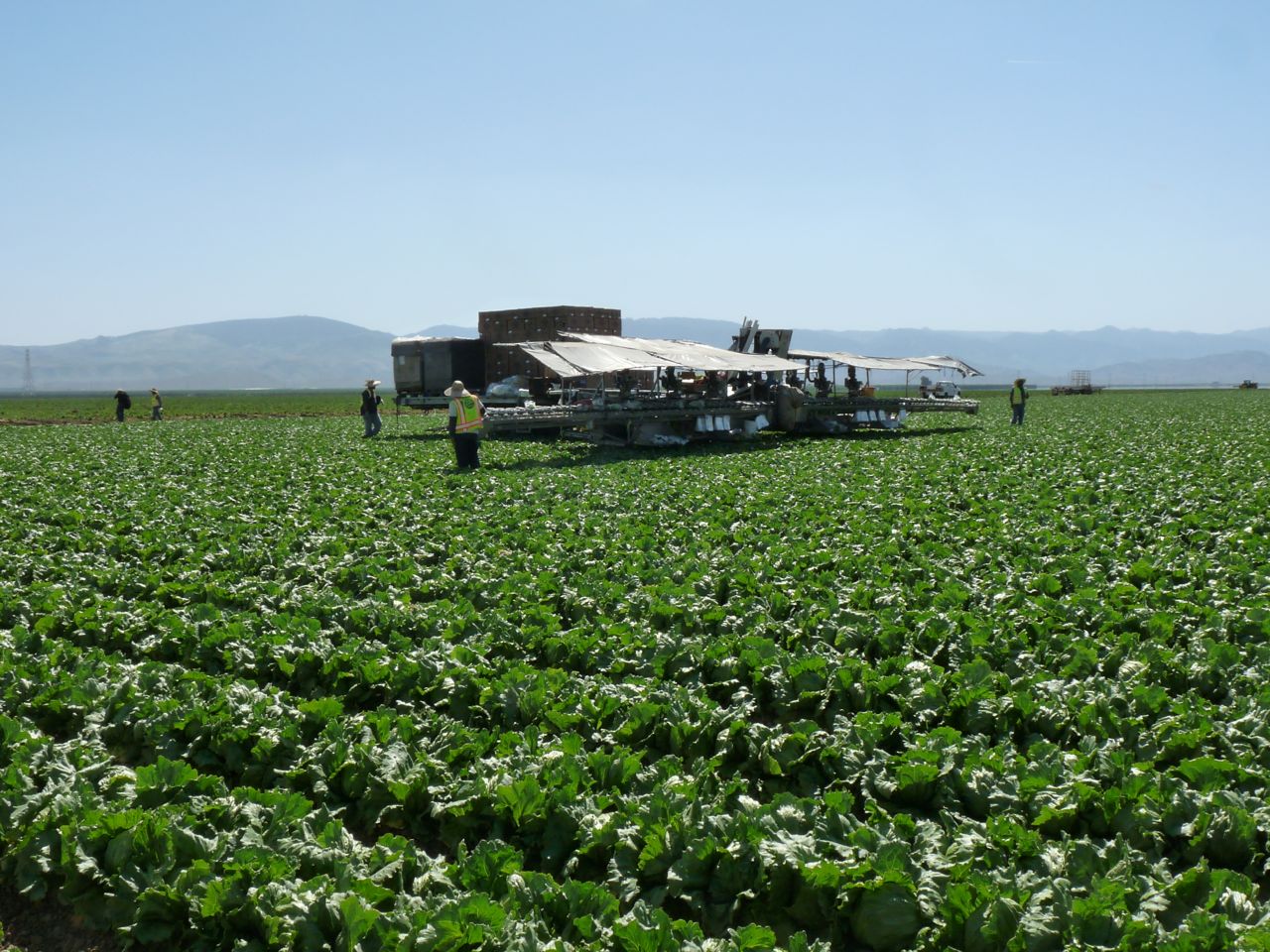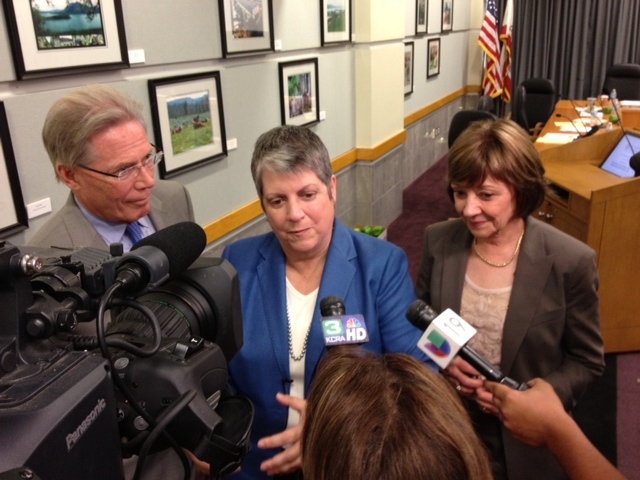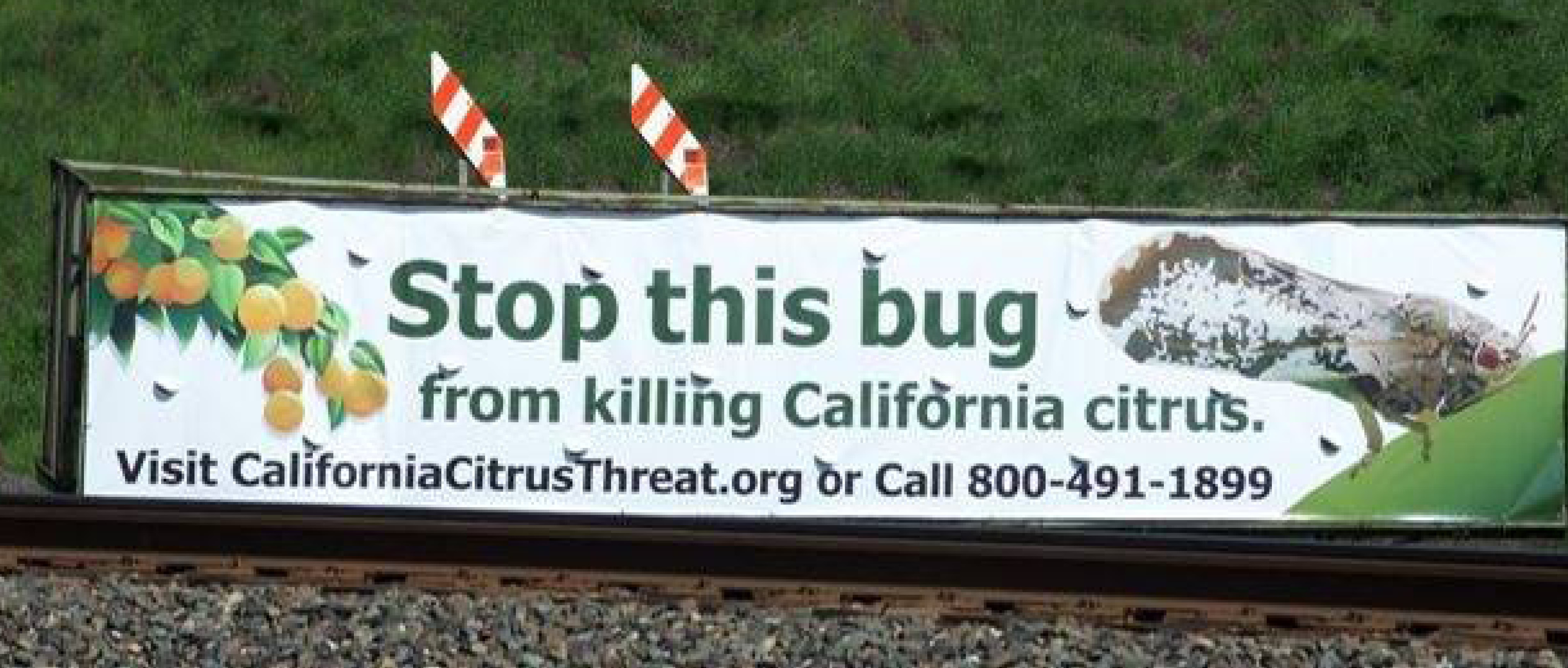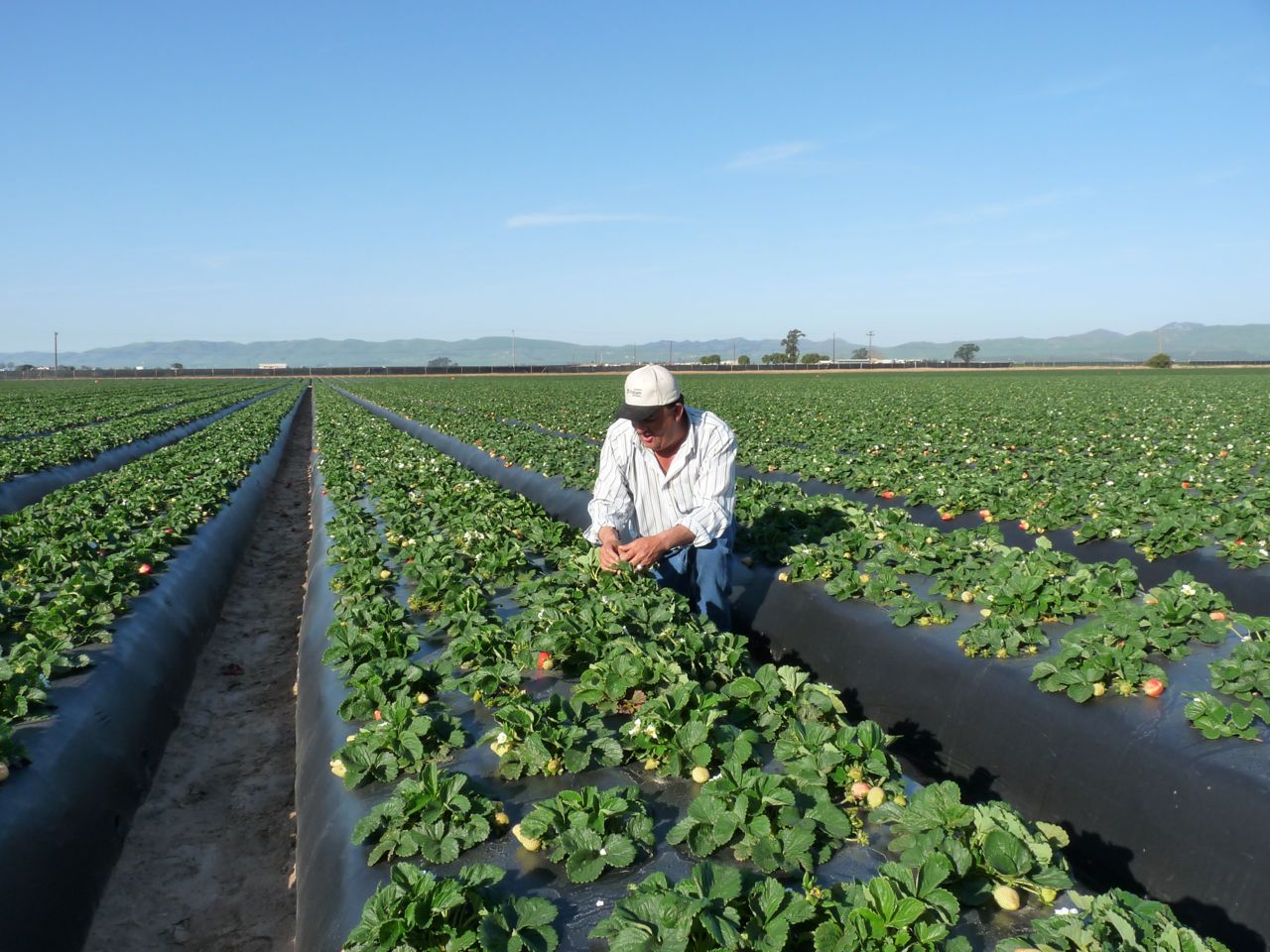CDFA Official on California Farming Innovation
It is a big challenge to increase production for a hungry world.
CDFA Secretary Karen Ross spoke at a recent Soil Health symposium to discuss the critical need to increase production with less resources such as water.
“There’s a huge challenge for us to more than double our productivity and yet we are going to do it with less arable land, less available water on a global basis. So really understanding soil health and having the metrics to know what that is and what were doing is improves that as a way to maximize productivity and still get these environmental benefits that come with it. Its the demand of the time and I think California should be a leader,” said Ross.
Ross said that California has a good knowledge base to find answers.
“We’ve got some understanding world renowned Soil Microbiologists who are looking at this. But its not just going to come from academia its going to come from private companies, it’s going to come from farmers and ranchers who are innovative themselves. And really bringing it all together, and creating that roadmap to prioritize what is it what we know? what are the gaps? How do we prioritize what needs to happens next? and go out and seek the funding, the investment. This is a huge investment for the sustainability for our food supply and humankind,” said Ross.
Ross said that California growers are innovative in new systems of farming.
“And we see so many of our systems that are constantly adapting and seeking out the information,you know the early adopters who are willing to do some of those systems on their farm. One example is the just all the work on conservation tillage. and it usually takes a few who are willing to go first, kind of prove the concept and share it with their neighbors. Then all of a sudden it becomes the standard practice. It goes from best practices to standard practice,” said Ross.
Ross added: “But we can’t just stop with that, we have to be constantly looking at all those ways of adapting our systems.”



















